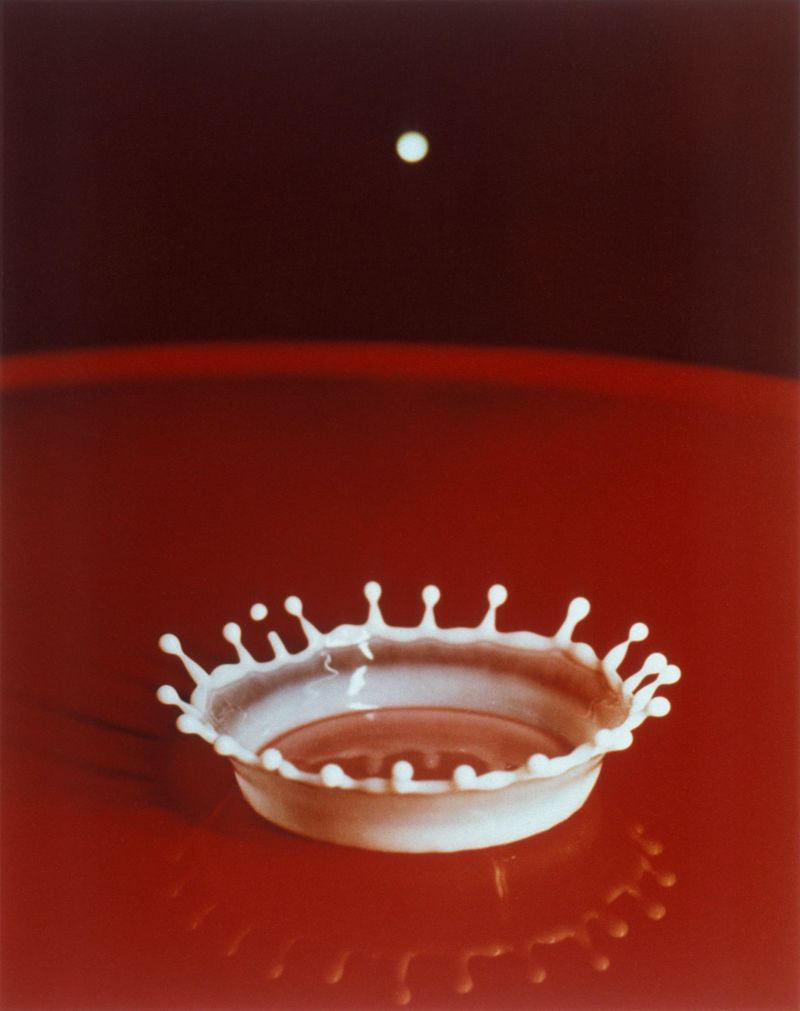
Milk Drop Coronet
HEE-NC-57001


Collection Highlights
The MIT Museum has the most comprehensive collection of holograms in the world, with more than 2,000 examples by some of the world’s foremost holographers. Historic holograms in the collection include the first reflection holograms, the first laser transmission hologram, and the first white light transmission hologram, created by holography and 3-D imaging pioneer MIT Professor Stephen Benton.
Technical applications are represented by holograms used in medicine, engineering, architecture, and retailing. A holographic image made of the remains of the 2000-year-old Lindow Man, discovered in a bog in England, demonstrates the use of holography for anthropological, educational, and archival purposes. The full range of artistic possibility is apparent in the works of such internationally recognized holographers as Margaret Benyon, Rudie Berkhout, Harriet Casdin-Silver, Melissa Crenshaw, Setsuko Ishii, John Kaufman, Sam Moree, and Dan Schweitzer.
In addition to holograms, the collection includes the archives of New York’s Museum of Holography (MOH), purchased by the MIT Museum in 1993. The archives document the administration, collections, artists, exhibitions, and educational and artist-in-residency programs of the institution, while extensive subject files contain news clippings and publications of technical and popular developments in holography. The MIT Museum continues the work begun by Rosemary Jackson Smith, founder of the Museum of Holography, and the many staff members who worked to build that organization and its programs.
Charles H. Woodbury entered MIT in 1882 as a student in Course 2, Mechanical Engineering. While carrying the heavy academic load that MIT required (eight courses in his first semester alone), Woodbury continued his lifelong engagement with painting and drawing. He exhibited his work and took on his first painting student while still an undergraduate. After graduation, Woodbury continued his professional career as an artist and teacher, calling upon in both his work and teaching the keen skills of observation required by his engineering studies at MIT. In appreciation for his education, Woodbury gave numerous paintings to MIT that can be found across campus and serve as a reminder that the Institute’s relationship with the arts dates back to its founding.